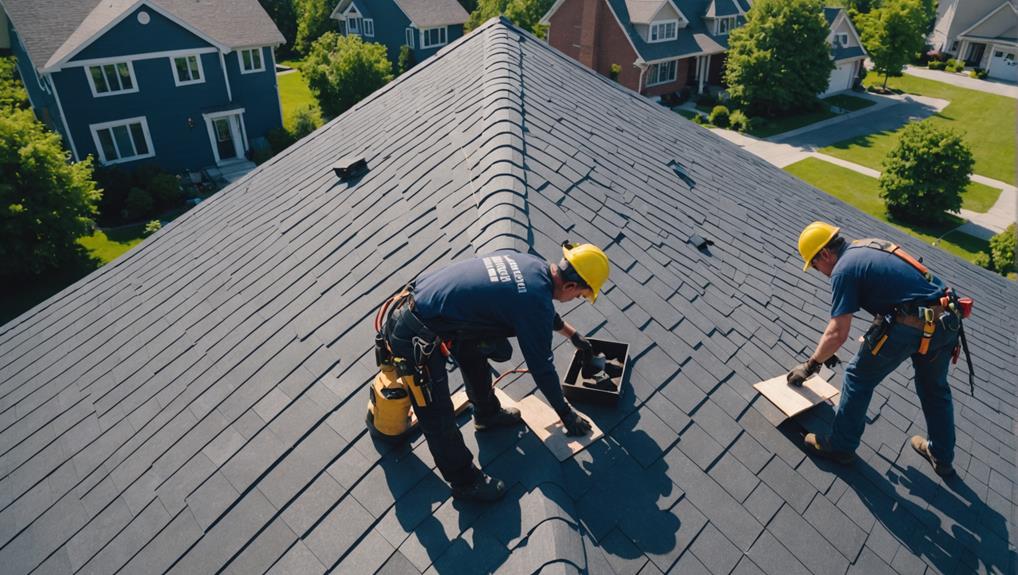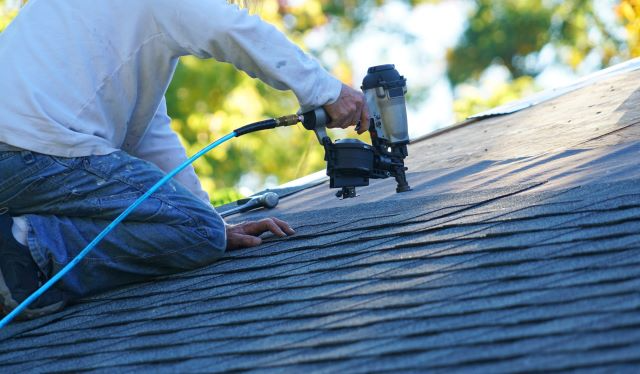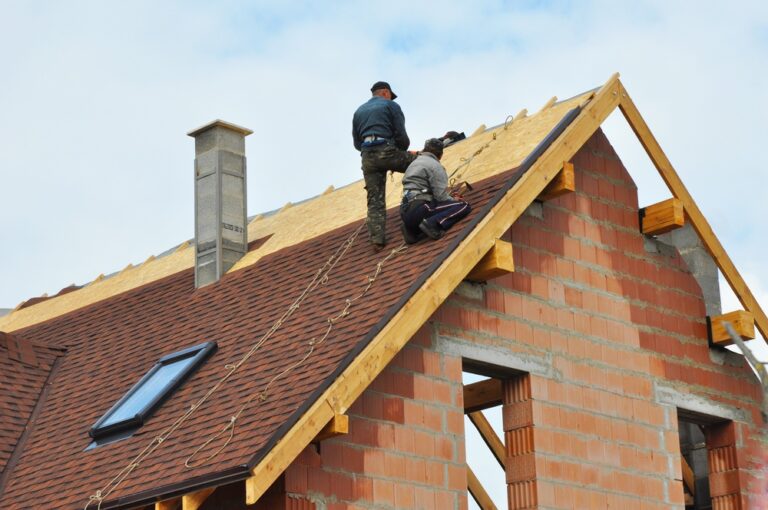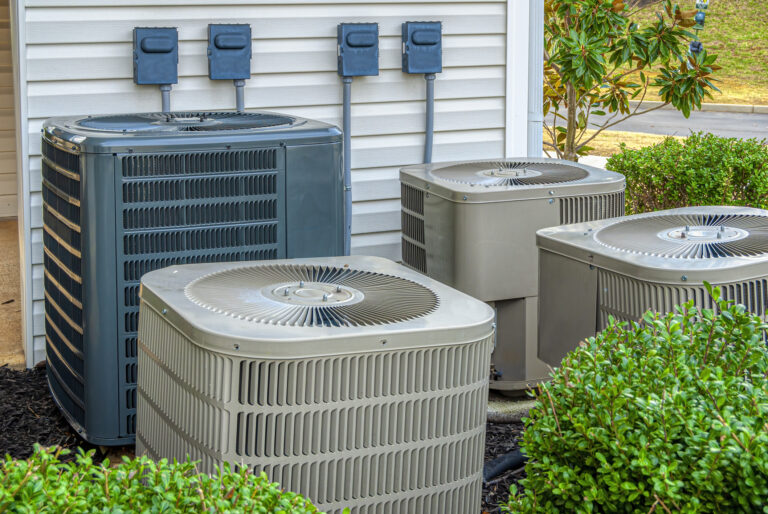Everything You Need to Know About Residential Roofing: Materials, Installation, and Maintenance

Residential roofing is a crucial aspect of home construction and maintenance that often goes unnoticed until a problem arises. The roof is more than just a protective layer; it shields your home from weather, contributes to energy efficiency, and affects the overall aesthetic of your property. Understanding the different types of residential roofing materials, the installation process, and maintenance tips is essential for homeowners who want to make informed decisions about their roof.
In this article, we will explore the essentials of residential roofing, offering a comprehensive guide to help you navigate the world of roofs with confidence.
The Importance of Residential Roofing
Residential roofing serves multiple critical functions. Primarily, it acts as a barrier protecting your home from natural elements such as rain, snow, wind, and sunlight. A well-constructed roof ensures the structural integrity of your house by preventing water damage, reducing energy loss, and maintaining indoor comfort.
Moreover, the roof contributes to your home’s curb appeal and market value. An attractive, well-maintained roof can significantly increase the value of your property, while a damaged or outdated roof can deter potential buyers or lower your home’s worth.
Choosing the right residential roofing system also means investing in your home’s long-term durability. Proper roofing materials and installation methods can extend the lifespan of your roof, reducing repair costs and preventing frequent replacements.
Common Residential Roofing Materials
When selecting a roofing system, understanding the different types of materials available is vital. Each material has its own advantages, lifespan, and costs. Here are some of the most popular options for residential roofing:
Asphalt Shingles
Asphalt shingles are the most widely used roofing material for residential homes due to their affordability, ease of installation, and durability. These shingles typically come in two varieties: three-tab shingles and architectural shingles.
- Three-tab shingles are flat and uniform, usually lasting about 15-20 years.
- Architectural shingles are thicker and layered, providing a more dimensional look with a lifespan of up to 30 years.
Asphalt shingles come in various colors and styles, making them versatile for many home designs.
Metal Roofing
Metal roofing is gaining popularity for residential homes due to its longevity, energy efficiency, and durability. Metal roofs can last between 40 and 70 years, and they resist wind, fire, and hail damage. Common metals used include steel, aluminum, and copper.
Metal roofing also reflects solar radiant heat, reducing cooling costs in warmer climates. It comes in different styles such as standing seam panels or metal shingles.
Wood Shingles and Shakes
Wood roofing offers natural beauty with materials like cedar shingles and shakes. Shingles are machine-cut and thinner, whereas shakes are hand-split for a rustic appearance.
While wood provides excellent insulation and a unique look, it requires regular maintenance to prevent decay and fire hazards. Wood roofs typically last 20-30 years but may not be suitable for all climates.
Clay and Concrete Tiles
Clay and concrete tiles provide an elegant, long-lasting roofing option, especially favored for their fire resistance and ability to withstand harsh weather. These tiles often have a lifespan of 50 years or more.
However, they are heavy and require reinforced roof framing. Their distinctive appearance adds to the architectural charm of many homes.
Slate Roofing
Slate roofing is known for its beauty and longevity, often lasting over 100 years. It is a natural stone material that is fireproof, durable, and environmentally friendly.
Because slate is heavy and expensive, installation requires professional expertise and a sturdy roof structure.
Residential Roofing Installation Process
The installation of a residential roofing system is a multi-step process that requires professional skill and precision. Whether you are replacing an existing roof or building a new one, proper installation is crucial to the roof’s performance and lifespan.
1. Inspection and Preparation: Before installation, the existing roof is inspected, and any damaged decking is repaired or replaced. The old roofing materials are removed, and the surface is prepared for the new roofing.
2. Underlayment Installation: An underlayment, often made of felt or synthetic materials, is installed over the roof deck to provide an extra layer of protection against moisture and weather elements.
3. Roof Material Installation: The chosen roofing materials are installed from the bottom edge of the roof upwards to ensure proper water shedding. Special attention is given to roof valleys, ridges, and edges.
4. Flashing and Ventilation: Metal flashing is installed around chimneys, vents, and skylights to prevent leaks. Proper ventilation systems are installed to allow airflow in the attic, reducing heat buildup and moisture accumulation.
5. Final Inspection and Cleanup: After installation, a thorough inspection ensures that all materials are properly installed. The site is cleaned up, and the homeowner is provided with information about maintenance and warranty coverage.
Maintenance Tips for Residential Roofing
Regular maintenance extends the life of your residential roofing and prevents costly repairs. Here are essential maintenance tips every homeowner should follow:
- Regular Inspections: Check your roof at least twice a year and after major storms. Look for missing or damaged shingles, cracked tiles, or any signs of wear.
- Clean Gutters and Downspouts: Ensure gutters are free of debris to allow proper water drainage, preventing water damage and roof leaks.
- Trim Overhanging Branches: Tree branches can scrape the roof surface or drop leaves and debris, which can trap moisture.
- Remove Moss and Algae: These organisms can deteriorate roofing materials. Use appropriate cleaning solutions or hire professionals for removal.
- Check Attic Ventilation: Proper ventilation reduces moisture buildup and helps regulate temperature, preserving roofing materials.
By following these simple steps, you can increase the lifespan of your roof and maintain the protection it provides.
When to Repair or Replace Residential Roofing
Knowing when to repair or replace your roof can save you money and prevent further damage. Some signs you should consider include:
- Curling or missing shingles
- Water stains or leaks inside the home
- Increased energy bills due to poor insulation
- Sagging roof deck or visible damage
- Granules in gutters indicating shingle wear
If these issues are minor, repairs may be sufficient. However, extensive damage or an aging roof often requires full replacement.
Why Hire Professionals for Residential Roofing
Roofing is complex and dangerous work that requires proper equipment and expertise. Hiring professional roofing contractors ensures:
- Quality workmanship with proper installation
- Use of high-quality materials suited to your home and climate
- Compliance with building codes and manufacturer warranties
- Safety protocols to avoid accidents and liability
Working with experienced roofing professionals gives you peace of mind that your investment will protect your home for years to come.
Conclusion
Residential roofing plays an essential role in protecting your home, improving energy efficiency, and enhancing curb appeal. With a variety of materials and designs available, understanding your options and knowing the proper installation and maintenance practices is key to making the best decision for your home.
Whether you opt for the affordability of asphalt shingles, the longevity of metal roofing, or the elegance of slate, a well-installed and maintained residential roofing system is an investment that pays off in comfort, safety, and value.
If you want to ensure the job is done right, always consult with professional roofing contractors who can provide expert guidance tailored to your specific needs.






